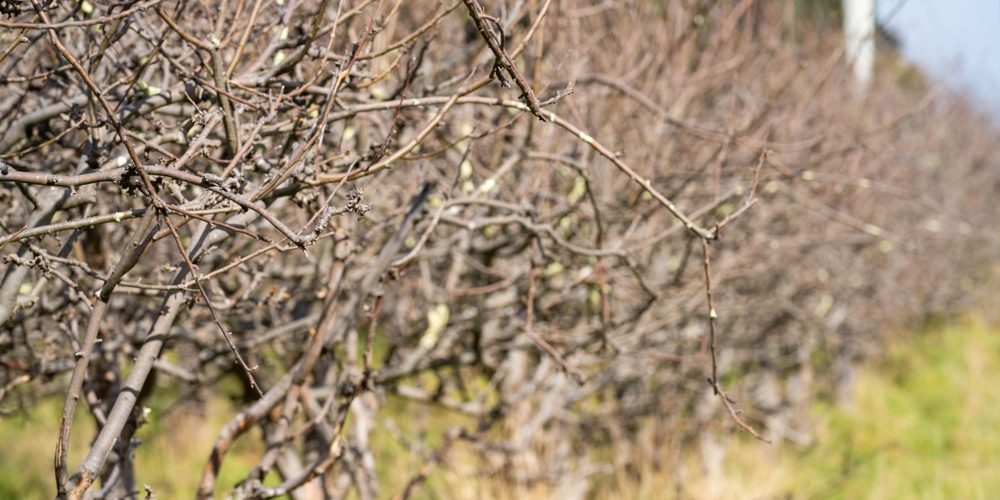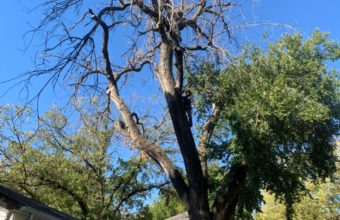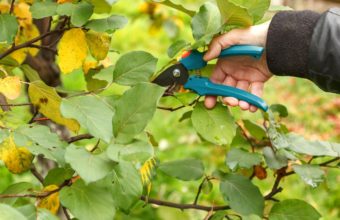Pruning, maintaining plant health, promoting growth, and shaping plants or trees, can also have disadvantages if not done correctly or at the appropriate time.
Here are some of the potential downsides to consider…
- Increased Vulnerability to Pests and Diseases – Fresh pruning cuts can expose a tree or plant to pests and diseases. Some pathogens are more active during certain times of the year and can easily infect a plant through these open wounds. For example, pruning oak trees during the active period for oak wilt can significantly increase their risk of infection.
- Improper Pruning Can Cause Damage – Incorrect pruning techniques can lead to damage that takes a long time for the plant to recover from, if it recovers at all. This includes making cuts too close to the trunk, leaving large stubs, or tearing the bark, which can lead to decay and weaken the plant’s overall structure.
- Over-Pruning – Removing too much of a tree or shrub at one time can stress the plant by reducing its ability to photosynthesize, leading to a weakened state and slower growth. Over-pruning can also lead to an imbalance in the root-to-shoot ratio, potentially affecting the plant’s stability and health.
- Stimulated Growth May Be Undesirable – Pruning can sometimes stimulate rapid growth in the form of water sprouts or suckers, which are often weakly attached and can detract from a tree’s natural shape. This vigorous growth can also require additional pruning, leading to a cycle of maintenance that may not have been necessary otherwise.
- Reduced Flower and Fruit Production – For flowering and fruiting plants, pruning at the wrong time of year can remove buds that would have produced flowers and fruits. This is particularly true for species that bloom on the previous year’s growth.
- Cost – Professional pruning, especially for large trees or specialized plants, can be expensive. While necessary for safety and plant health, the cost can be a significant disadvantage for some property owners.
- Time and Labor Intensive – Pruning, especially for large landscapes or numerous plants, requires a significant investment of time and labor. For individuals and property managers, this can be a considerable commitment.
- Safety Risks – Pruning, especially of large trees, can pose safety risks to the person performing the task. Falling branches, the use of ladders, and handling sharp tools all present potential hazards. Without the proper equipment and expertise, there is a risk of injury.
- Environmental Impact – In some cases, over-pruning or improper pruning can lead to environmental consequences, such as reduced habitat for wildlife or the removal of trees that contribute to the local ecosystem’s health.
To mitigate these disadvantages, follow best practices for pruning, including understanding the specific needs of each plant species, using the correct tools and techniques, and pruning at the optimal time of year. In many cases, consulting with or hiring a professional arborist can ensure that pruning is done safely and effectively, promoting the health and longevity of plants and trees.






